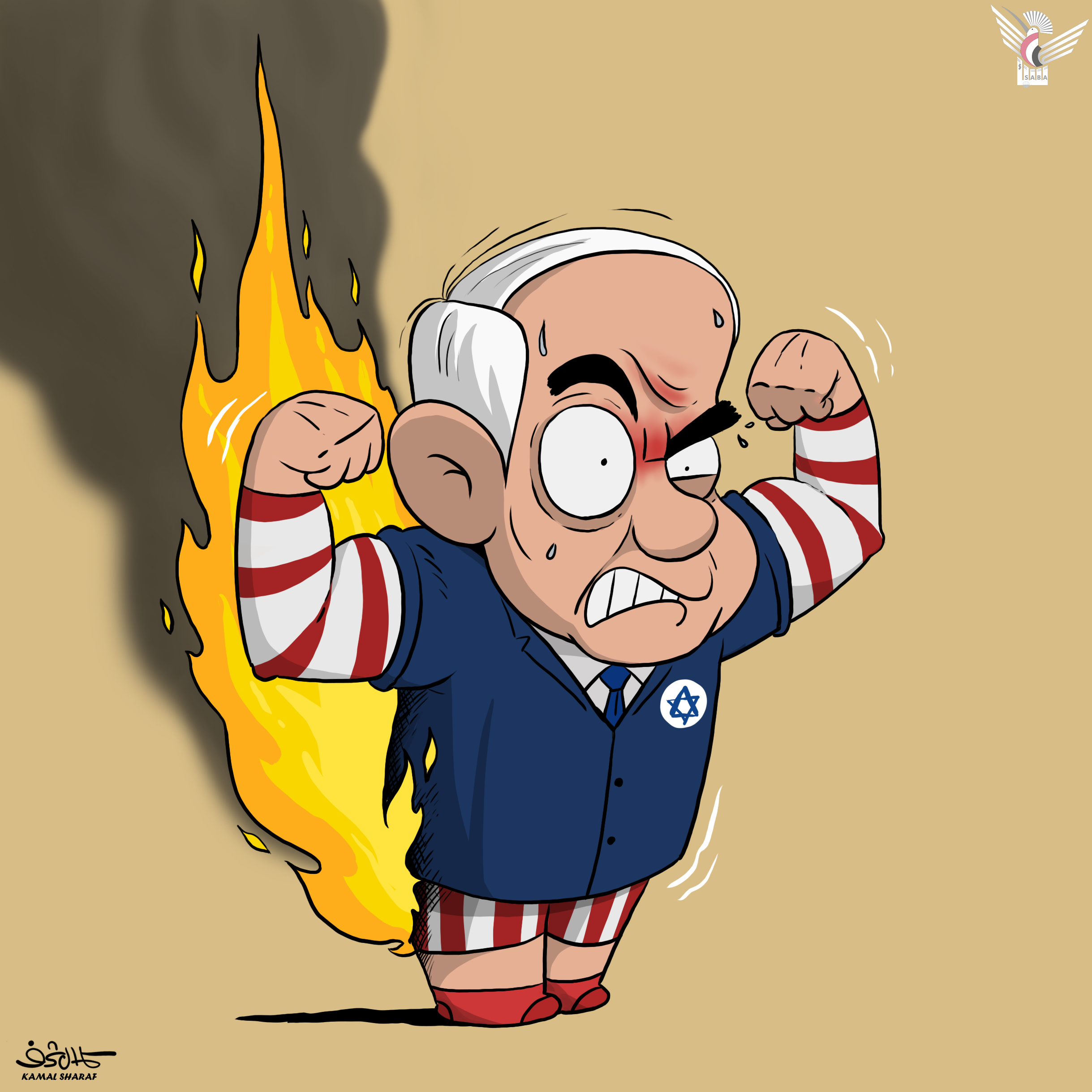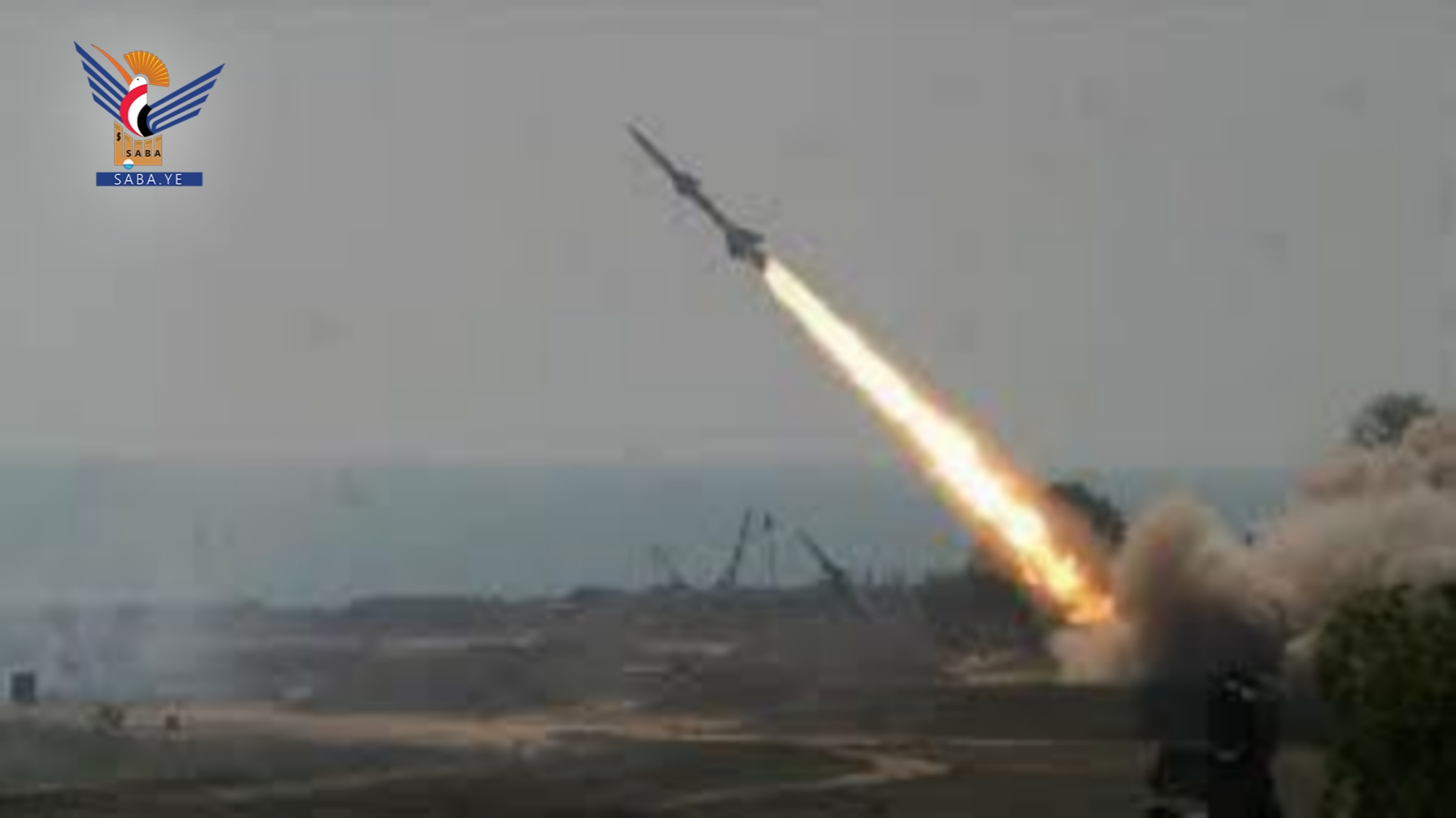Sana’a - Saba:
By: Jamil Al-Qashm
The frenzy in statements by Zionist leaders towards Yemen reveals an unprecedented state of confusion within the decision-making circles of the Zionist entity. This comes in the wake of the rapidly escalating Yemeni military operations that have struck deep into the entity’s territory, destabilizing its strategic balance. These actions are part of a firm and unwavering stance in support of Gaza—translated by Sana’a into direct, impactful strikes that have disrupted enemy calculations and thrown it off balance.
The growing verbal attacks and blatant threats reflect the pressure the Zionist entity is under due to Yemen’s aerial and maritime strikes, which it can no longer counter except through media outbursts and contradictory positions oscillating between intimidation and appeals for sympathy.
The Zionist discourse regarding Yemen is now erratic and fragmented, as evident in the conflicting statements from Zionist leaders and politicians, ranging from direct threats to implicit admissions of helplessness and failure of deterrence.
This state of hysteria cannot be separated from the betrayal of their American ally. It has become clear that Washington has stepped back, leaving the Zionist entity to face its fate alone against a rising and resilient Yemeni front—unshaken by alliances and unafraid of military capabilities.
Yemeni strikes have forced the Zionist entity to face a new reality: there is no security as long as the aggression on Gaza continues. Any further bloodshed of Palestinians will be met with unforgiving retaliation. Sana’a has shattered the limitations of geography, disproving the enemy’s reliance on distance as a protective shield, and proved that Yemen’s decision-making is active and influential on the battlefield.
Since Yemen entered the regional deterrence equation, strategic balances in the region have shifted. The Zionist entity is no longer confronting familiar foes—it now faces a new, unexpected threat from Sana’a, which possesses both the will and the capability to launch precise and powerful strikes. Yemen is carving out a significant presence that reshapes the power dynamics and breaks the enemy’s monopoly on initiative.
The leadership in Sana’a and the Yemeni Armed Forces have successfully established a deterrence equation by land and sea, proving that Yemen holds sovereign decision-making power and the ability to activate a regional front in support of Palestine. This has confused the enemy and disrupted many of its plans to secure supply lines.
The enemy’s reactions reveal deep concern over the advancement of Yemen’s capabilities—particularly the precision of its missiles and drones and their ability to reach vital targets. As a result, internal Zionist discourse now places Yemen at the top of the existential threat list.
Hebrew media have begun broadcasting scenes of panic caused by Yemeni missiles, while Zionist analysts now openly discuss a “new southern front” that was not accounted for—but has become the most effective in undermining the entity’s image and deterrence.
In contrast, Sana’a appears calm and resolute. Official statements affirm that operations will continue until the aggression on Gaza ceases, and there will be no retreat from supporting the Palestinian people—imbuing Yemeni deterrence with both ideological and humanitarian significance, and making it even more impactful.
What truly terrifies the Zionist entity is not only the direct strikes, but the expansion of the confrontation. Yemen has become part of a unified regional front surrounding the entity from all sides, making defeat no longer a distant possibility—but an imminent danger.
In light of this, the Zionist statements against Yemen are nothing more than a reflection of their loss of control, and a cover for their growing political and military failures. Meanwhile, reality proves that Yemen has become a formidable force in the equation of conflict—asserting its presence with its voice, its missiles, and its unwavering stance.
E.

| more of (Reports) |




